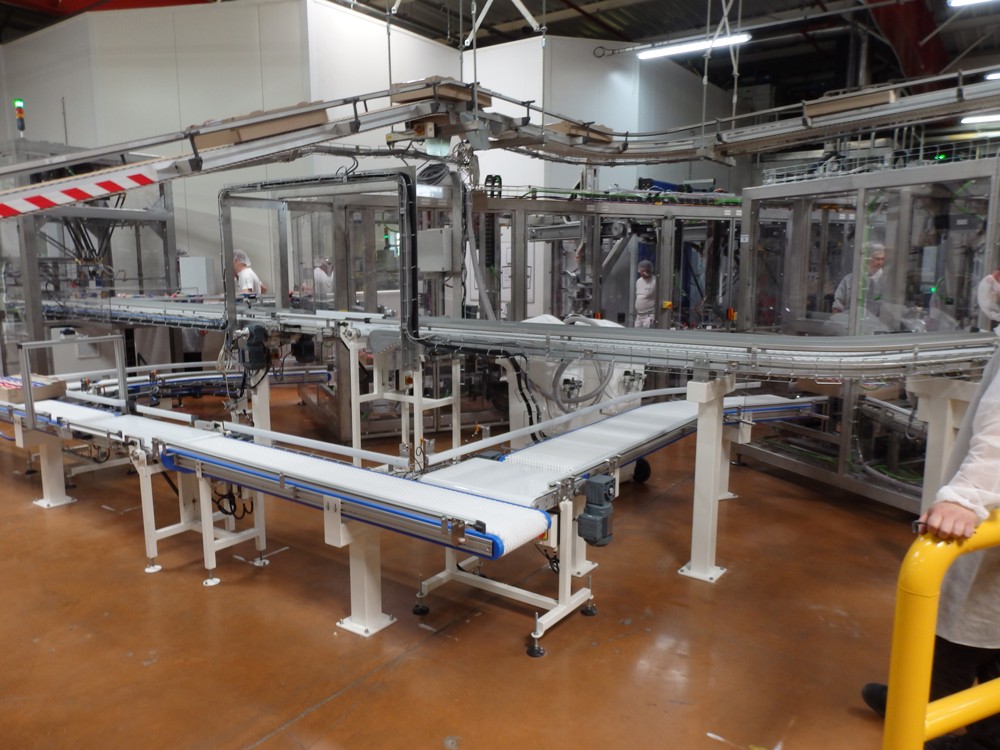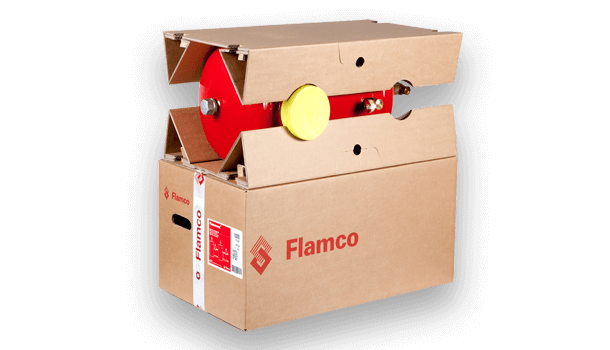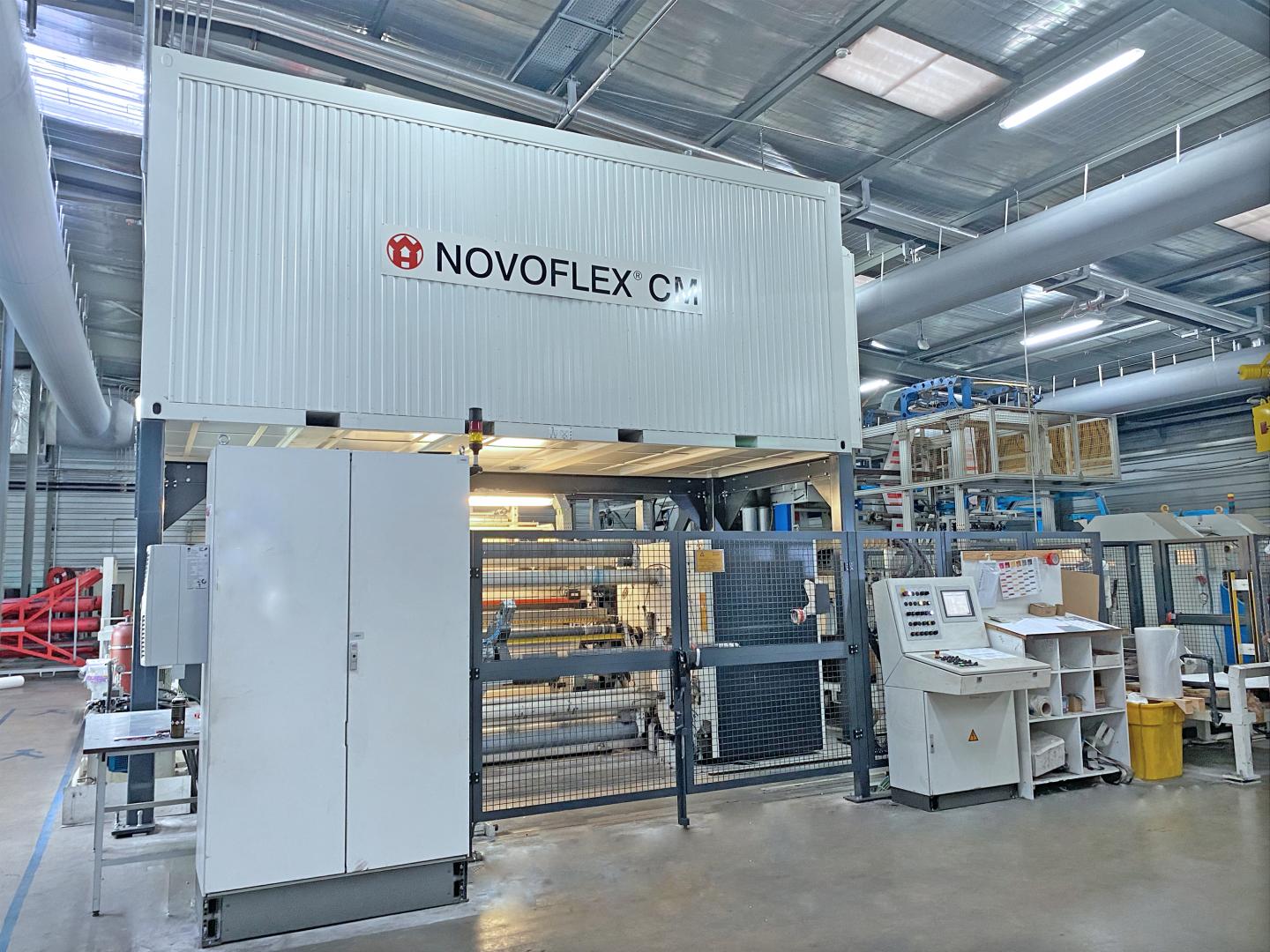Industrial Metal Packaging: Stamina and Sturdiness in Every Layout
Industrial Metal Packaging: Stamina and Sturdiness in Every Layout
Blog Article
Effective Industrial Recycling Solutions for Sustainable Packaging: A Comprehensive Overview
That's where this thorough guide on effective industrial recycling solutions for lasting product packaging comes in. By checking out key areas such as product packaging material option, creating for recyclability, carrying out recycling infrastructure, working together with recycling companions, and monitoring and gauging recycling success, this guide will certainly furnish you with the understanding and devices essential to make informed decisions and drive positive adjustment within your organization. Whether you're a product packaging professional, sustainability supervisor, or just interested in the subject, this guide will certainly give valuable understandings and methods to help you browse the world of lasting product packaging.
Product Packaging Material Selection
The choice of product packaging materials plays a crucial function in making certain the sustainability of commercial reusing solutions. When it pertains to lasting product packaging, the selection of products is key in reducing environmental effect and optimizing reusing efficiency. Choosing the right products can help in reducing waste generation, preserve sources, and advertise a round economic climate.
Materials like cardboard, paper, glass, and particular kinds of plastics can be reused multiple times without shedding their quality. On the various other hand, products that are tough to reuse, such as mixed plastics or non-recyclable compounds, can develop difficulties for the reusing process and might end up in burners or garbage dumps.
Another consideration is the use of eco-friendly and eco-friendly materials. Packaging made from sustainable sources, such as plant-based plastics or biopolymers, can help in reducing reliance on fossil gas and reduce environment modification. In addition, naturally degradable products break down naturally over time, decreasing the build-up of waste in land fills.
Additionally, the weight and quantity of packaging products ought to be lessened to reduce transport prices and energy usage. Lightweight products not just require fewer resources throughout manufacturing yet also contribute to reduce carbon exhausts throughout transport.
Designing for Recyclability
In order to make sure the recyclability of product packaging products, thoughtful design is crucial. Designing for recyclability involves producing packaging that can be quickly arranged, separated, and refined in reusing centers. One vital facet of creating for recyclability is the choice of materials. Packaging designers ought to focus on using products that are widely accepted for recycling and have actually established recycling infrastructures. Products such as glass, aluminum, and certain kinds of plastic, like family pet and HDPE, are commonly reused and need to be preferred over products that are hard or pricey to recycle.
An additional crucial factor to consider in developing for recyclability is the elimination of unnecessary elements or materials. By reducing the variety of layers, finishes, and extra parts, packaging can be made less complex and simpler to reuse. Additionally, designers ought to aim to decrease making use of combined products, as they can make complex the reusing process.

Implementing Recycling Facilities
Reliable application of reusing infrastructure is crucial for the success of commercial recycling remedies. Without appropriate framework in location, the reusing process comes to be inefficient and ineffective, impeding the general goal of lasting product packaging.
To execute reusing facilities properly, numerous key aspects require to be considered. To start with, there need to be an efficient collection system that assists in the splitting up and collection of recyclable products. This can consist of marked reusing bins in public areas, along with partnerships with waste administration business for curbside pickup and sorting.
As soon as gathered, the recyclable products require useful site to be transferred to recycling facilities in a timely way. This needs reliable logistics and transport networks, ensuring that the materials reach the appropriate facilities immediately.
At the recycling facilities, advanced sorting and processing technologies ought to be in location to separate different kinds of products effectively. This includes making use of automated arranging machines, optical scanners, and manual sorting strategies.
Additionally, there ought to be a robust market demand for recycled products. This can be attained with cooperations with suppliers and sectors that make use of recycled materials in their manufacturing processes. Creating a stable market for recycled products incentivizes the reusing market and advertises the round economic climate.
Working Together With Recycling Partners

One key aspect of teaming up with reusing companions is the establishment of clear interaction networks. It is essential to establish open lines of communication to facilitate find more info the exchange of details, updates, and comments. This enables both parties to stay informed regarding the development of reusing campaigns and resolve any type of difficulties or problems that might develop.
Additionally, partnership can involve joint initiatives in creating and executing recycling programs. Reusing partners can give important understandings and support in establishing efficient collection systems and establishing the most proper recycling technologies. By collaborating, businesses and reusing partners can enhance the reusing procedure and reduce waste.
In addition, collaboration can prolong past the operational facets of recycling. It can additionally encompass advocacy and education and learning initiatives. By signing up with forces, companies and reusing companions can increase recognition regarding the relevance of recycling and promote the fostering of lasting product packaging practices amongst customers and various other stakeholders.
Tracking and Measuring Recycling Success
To guarantee the effectiveness of commercial recycling remedies and the success of sustainable product packaging objectives, it is crucial for businesses and their reusing companions to establish an extensive system for tracking and determining reusing success (industrial packaging solutions). Measuring and tracking reusing success permits organizations to analyze the impact of their recycling efforts, recognize locations for renovation, and established significant targets for future progression
One means to track reusing success is with using data collection and evaluation devices. By gathering data on click here to read the amount of product packaging waste produced, the percent of waste that is reused, and the kinds of products being recycled, services can obtain beneficial understandings right into their recycling performance. This information can then be evaluated to identify trends, patterns, and locations of ineffectiveness.
An additional crucial element of tracking and measuring reusing success is establishing clear and standardized metrics. This permits companies to contrast their performance against market benchmarks and track their progress with time. Metrics such as reusing rates, waste diversion rates, and greenhouse gas exhausts can supply a quantitative measure of a company's reusing success.

Final Thought
To conclude, executing efficient commercial recycling solutions for sustainable product packaging needs mindful consideration of product packaging material choice, creating for recyclability, implementing reusing facilities, collaborating with recycling partners, and tracking and gauging reusing success. By including these practices, companies can contribute to a more environmentally-friendly and sustainable strategy to packaging, decreasing waste and advertising the circular economic situation.
By checking out key locations such as product packaging product selection, developing for recyclability, executing reusing facilities, collaborating with reusing partners, and tracking and gauging reusing success, this guide will outfit you with the knowledge and devices required to make enlightened decisions and drive positive adjustment within your organization. Product packaging designers ought to focus on the usage of materials that are extensively approved for reusing and have developed reusing infrastructures.Partnership with reusing companions is crucial for the successful application of commercial reusing services and the accomplishment of sustainable packaging objectives. By joining pressures, companies and recycling partners can elevate recognition about the importance of reusing and advertise the fostering of lasting product packaging practices among customers and other stakeholders.
By gathering data on the amount of product packaging waste produced, the percent of waste that is recycled, and the kinds of materials being recycled, services can obtain beneficial insights into their recycling performance.
Report this page